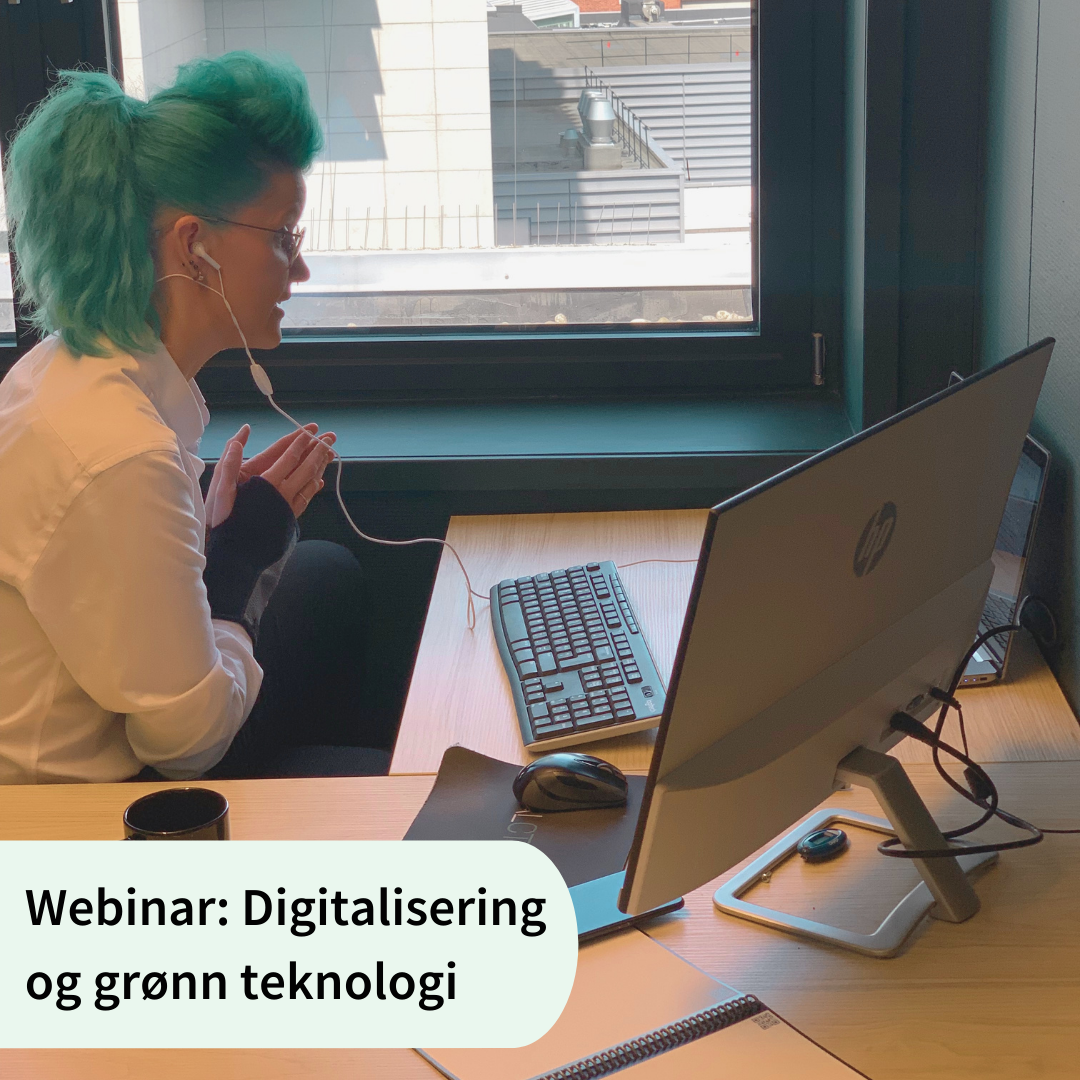Monday 31 May, we held our first “TotalCtrl webinar” on digitization and green technology. Here we wanted to go deeper into how the technological landscape in municipal Norway looks like today and why digitization is important for sustainable development in the public sector. During the webinar, Charlotte Aschim (CEO, TotalCtrl) and Nam Vo (Project Manager, TotalCtrl) shared their experiences with green technology and their work in the fight against food waste.
The technological landscape in municipalities today
We have noticed that Norway is behind our neighboring countries Denmark, Sweden and Finland when it comes to digitization and technological development in municipalities. A lot of people might associate new technology with something that is time- and resource consuming, and are skeptical of new things they do not know. This makes the implementation of new technology even more difficult. We see that it is especially the smaller municipalities that is behind when it comes to new technology and digitization. A survey conducted by SINTEF with 340 municipalities shows that it is easier to implement new technology in the large municipalities than in the small and medium-sized ones. Much of this may be due to lack of resources and expertise.
Challenges in kindergartens, and nursing homes
We see that the older generation work at nursing homes, where one can imagine that these do not absorb new technology as well as the younger generation, and rather want the old routines that have worked in all years. The kindergartens we have worked with, on the other hand, have a greater knowledge of environment and sustainability. Several kindergartens are green flag certified, environmental lighthouse certified, health-promoting kindergartens, environmental kindergartens and / or BREEAM certified. One of the reasons for this may be because there are more young people working in the daycare sector who often stay up to date with what is going on in the technology world. But even in kindergartens, we see that they have challenges when it comes to manual routines, and that the use of pen and paper is still common practice. An example of this is seen when ordering food in kindergartens. Each department must check what they have in stock and write down what they will need so that the general manager can collect these notes to be able to order. This often leads to a lack of control, which in turn leads to food being thrown away … This could have been avoided if the kindergartens had better communication and control over what is in them at the various departments.
Ensure good integration of technological solutions in municipal Norway
Based on our experience from both private and public actors undergoing a digital shift, we see some clear similarities in what makes it work:
1. It is important to ally with a so-called “Champion”, ie. a person who is committed and has anchoring authority.
2. One must ensure that both time and money are allocated to the digital shift.
3. Planning, mapping and communication are extremely important factors!
Kommunenorge’s job ahead
The UN’s sustainability goals are becoming more important with each passing day, and aim to secure a future for our future children and grandchildren. Norway has imposed a number of goals on the municipalities that will be tried to be achieved by 2030, including halving food waste. Here we see that there is a great opportunity for municipal Norway to use digitization and green technology. It is important that the municipalities take the initiative, and use the knowledgeable companies out there who want to help.
After a great success with this webinar, our next webinar will have the theme “The digital kindergarten” which will be held in June.


